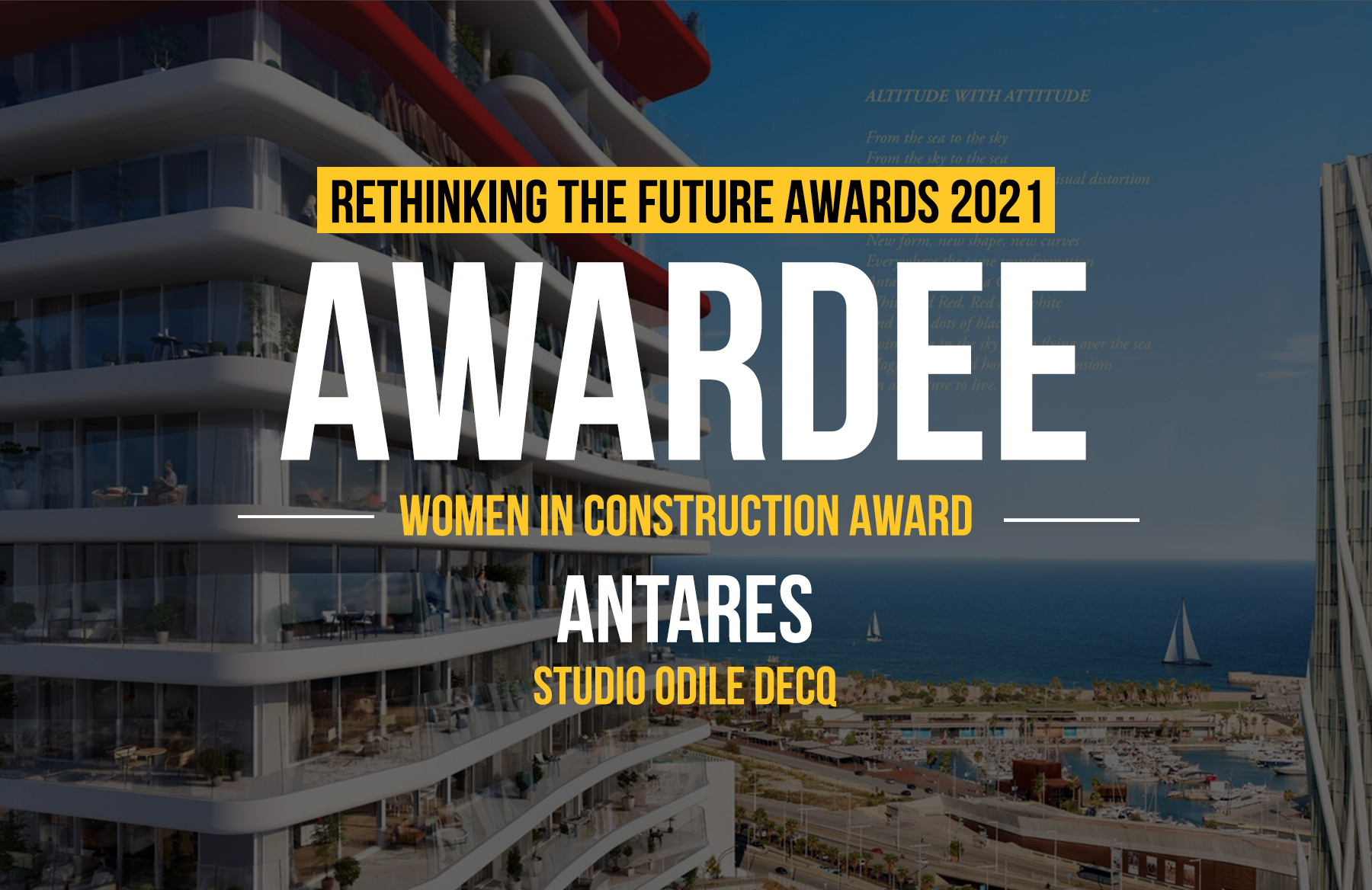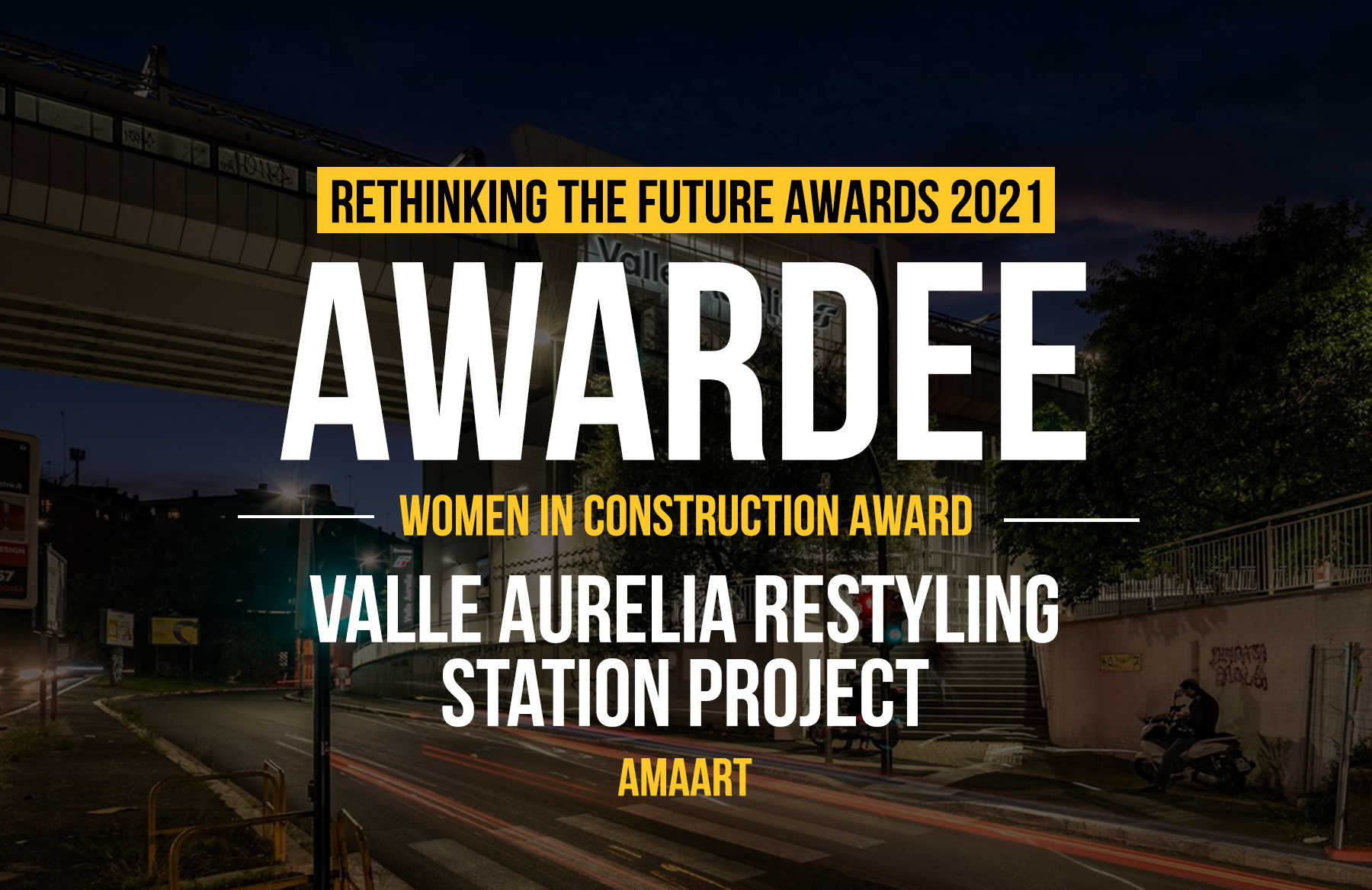Project Info
Architects: Patkau Architects
Location: Vancouver, British Columbia, Canada
Client: University of British Columbia
Project Year: 2002 – 2009
Photographs: James Dow
Project Team: Tyler Brown, Bradley Cooper, Sebastian Cramer, Michael Cunningham, Christina Gray, Samantha Hayes, Dimitri Koubatis, Maureen Kwong, Michael Leckie, Hector Lo, Ricardo Cuesta Moya, Shane O’Neill, Patrick O’Sullivan, John Patkau, Patricia Patkau, Thomas Schroeder, David Shone, Craig Simms, Peter Suter, Michael Thorpe, Jinyong Yum
Structural: Read Jones Christoffersen Ltd.
Mechanical and Sustainability: Cobalt Engineering
Electrical: Stantec Consulting Ltd.
Laboratory: Maples Argo Architects
Landscape: Phillips Farevaag Smallenberg
Civil: Earth Tech Canada Inc.
Geotechnical: Trow Consulting Engineers Inc.
Code: Gage-Babcock & Associates
Building Envelope: Spratt Emanuel Engineering Ltd.
Audio Visual: MC2
Construction Manager: Scott Construction
Aquatic Ecosystems Research Laboratory
Project Team: Greg Boothroyd, Michael Cunningham, Joanne Gates, Samantha Hayes, Maureen Kwong, Thomas Lee, Davis Marques, Patrick O’Sullivan, John Patkau, Patricia Patkau, David Shone
Model Makers: Oliver Birett, Anike Duffner, Gregory Graemiger, Julianne Heinrich, Craig Simms, Christian Schulte, Jan Rasche, Tokimi Ota
Structural: Read Jones Christoffersen Ltd.
Mechanica and Sustainability: Cobalt Engineering (formerly VEL Engineering)
Electrical: Stantec Consulting Ltd.
Landscape: R. Kim Perry & Associates Inc.
Civil: Cochrane Engineering Ltd.
Code: Gage-Babcock & Associates
Building Envelope: Spratt Emanuel Engineering Ltd.
Audio Visual: MC2
Construction Manager: Bird Construction

Introduction
The Beauty Biodiversity Center and the Aquatic Ecosystems Research Laboratory are located on Main Mall, the central north/south spine of the University of British Columbia. Together they form a complex of related environmental science functions; a new campus precinct organized around a generous exterior courtyard space which is bisected by new cross-campus pedestrian and bicycle connections.

Details
The principal exhibition space of the museum located within the Beaty Biodiversity Center is a glass “lantern” featuring an enormous skeleton of a Blue Whale creating a public face for the complex towards the Mall. Follow the break for drawings and photographs. The Beaty Biodiversity Center comprises a natural history museum, a large natural history collection, research laboratories and offices with related meeting and support spaces. This 11,500 square meter facility is organized around three sides of the courtyard space, with the Beaty Biodiversity Museum occupying the west side along Main Mall.

The principal exhibition space of the museum is a glass “lantern” within which an enormous skeleton of a Blue Whale is displayed creating a public face for the complex towards the Mall. The extensive natural history collections, located beneath the central courtyard, are accessible directly from this exhibition space. Research laboratories and offices occupy the remaining south and east sides of the project. The laboratories are organized in a regular manner along the east outer edge of the project while the offices and meeting spaces are organized more casually around the courtyard to foster a sense of academic community. An open stair, located on the courtyard edge of the office and meeting spaces threads through the project to vertically interconnect informal social spaces.
The Aquatic Ecosystems Research Laboratory is located on the northern side of the courtyard. This 5,150 square meter building consolidates interdisciplinary research groups around an atrium that interconnects the four floors of the building. Social spaces are located adjacent to this atrium to reinforce a sense of academic community and to encourage serendipitous interaction between faculty, students and the various research units. Faculty offices, loft spaces / digital laboratories for the student community and a variety of meeting spaces are located on the upper floors, while the large public rooms are located on the ground floor where they participate in the urban life of the campus.

The atrium plays a key role in the sustainable design strategies employed in the Aquatic Ecosystems Research Laboratory. Glazed at the top to bring day-light deep into the interior it combines with generous glazing on the north side of the building and photo sensor controls to minimize dependency on artificial lighting. The atrium also acts as a natural ventilation stack that pulls air into the building, eliminating the need for a conventional mechanical ventilation system. On summer nights the building is naturally ventilated to cool the concrete structure, which acts as a radiant cooling surface during the day, eliminating the need for air conditioning for the three upper floors. The Aquatic Ecosystems Research Laboratory is certified LEED Gold.




